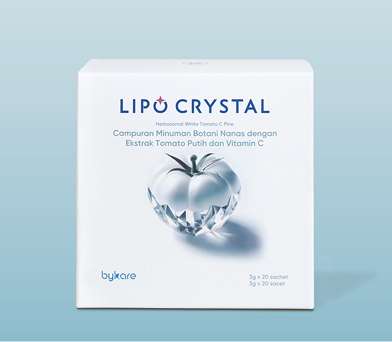Understanding Acne Triggers
Hormonal changes trigger excess oil
(sebum) production, leaving the skin feeling greasy.- These hormones also increase the shedding of skin cells inside the pores.
- The combination of oil and dead skin cells blocks the pores.
- Clogged pores create an ideal environment for acne-causing bacteria (P. acnes) to thrive, leading to inflammation.
- This can result in various types of breakouts, including red bumps, whiteheads, and deep, painful cysts.
 WHAT
WHAT
Causes of Acne?
Acne is primarily caused by hormonal changes, particularly an increase in androgens during puberty, menstruation, or stress, which stimulate the skin to produce more oil (sebum). When excess sebum mixes with dead skin cells, it can clog pores, creating the perfect environment for acne-causing bacteria like Cutibacterium acnes to thrive. This leads to inflammation, resulting in breakouts such as blackheads, whiteheads, pimples, or even deep cysts. Other contributing factors include genetics, stress, comedogenic skincare or makeup products, and, for some individuals, diet and lifestyle choices like high-glycemic foods or dairy.
 WHY HORMONES
WHY HORMONES
Cause Breakouts?
Hormonal acne is triggered by an imbalance in androgens, a type of hormone that increases oil (sebum) production in the skin. While a normal amount of sebum helps protect the skin by forming a waterproof barrier, hormonal shifts during puberty can lead to excessive oil production, making the skin noticeably greasier. At the same time, these hormones also stimulate the overproduction of surface skin cells (corneal cells) around the pores. When these extra cells mix with excess oil, they clog the pores, forming what’s known as a comedone, the first stage of acne.
 HOW OILY SKIN AND
HOW OILY SKIN AND
Bacteria Lead to Acne
Once a pore becomes blocked (forming a comedone), sebum can no longer flow out as it normally would. Instead, it builds up inside the pore, creating the perfect feeding ground for Cutibacterium acnes (formerly P. acnes) — the bacteria responsible for acne. These bacteria thrive in oxygen-free (anaerobic) environments like clogged pores. As they multiply, they trigger inflammation and infection. The result? Visible acne such as red bumps (papules), pimples with whiteheads (pustules), or in more severe cases, painful deep cysts.
 IDENTIFYING
IDENTIFYING
the Type Acne
Types of Acne: Retentional vs Inflammatory- Retentional Acne involves blocked pores, also known as comedones. There are two main types:
- Open comedones (blackheads): These occur when a mixture of oil and dead skin cells clogs the pore and is exposed to air, causing it to darken.
- Closed comedones (whiteheads): These form when the blockage remains under the skin’s surface, creating a small, flesh-colored or white bump.
- Inflammatory Acne appears as red, swollen spots that are often painful. These may have a white or yellow center and are commonly referred to as pimples or zits.
 SEVERE ACNE
SEVERE ACNE
Nodular and cystic acne In severe acne, the inflammatory lesions form nodular or cystic acne (tender pus-filled lumps under the skin). This type of acne risks causing permanent scarring and should be treated by a dermatologist.
 ACNE
ACNE
with Redness
How Inflammation Happens in Acne
When Cutibacterium acnes (P. acnes) bacteria grow and multiply within clogged pores, the skin responds by releasing inflammatory messengers known as cytokines. These molecules trigger the dilation of blood vessels, leading to redness and irritation around acne lesions. If you’re experiencing widespread redness—especially around the nose and cheeks—it might not be typical acne, but acne rosacea, a different skin condition. For an accurate diagnosis and proper treatment, it’s best to consult a dermatologist. DARK SPOTS AND
DARK SPOTS AND
Acne-Prone Skin Marks
Ever noticed dark spots lingering after a pimple heals? This is called post-inflammatory hyperpigmentation (PIH) , brown marks that appear due to inflammation from acne, especially when the skin is exposed to sunlight (yes, even in winter!). The inflammation triggers excess pigment production, leaving behind visible marks long after the blemish is gone. That’s why using targeted skincare and daily sun protection is essential if you have oily, acne-prone skin, to prevent and reduce these stubborn spots.
 TIPS FOR OILY SKIN
TIPS FOR OILY SKIN
and Acne Prone Skin
Cleanse Gently, Twice a Day. Use a mild, non-comedogenic cleanser to remove excess oil and impurities without over-drying the skin. Stripping too much oil can trigger more sebum production.
- Stay Consistent with Hydration. Even oily skin needs moisture. Choose oil-free moisturizers with lightweight hydration to balance skin and avoid clogged pores.
- Avoid Heavy Makeup & Pore-Clogging Products. Use non-comedogenic, breathable makeup. Always remove makeup completely before bed.
- Oily skin still needs sun protection. Choose gel-based or matte-finish sunscreens to prevent breakouts caused by heavy formulas.
- Support Skin from the Inside with Lipo Crystal.
- Stay Hydrated & Eat Smart
- Avoid overly processed foods and drink plenty of water. Lipo Crystal’s natural pineapple extract supports gentle detoxification and keeps your skin feeling fresh and less congested.
- Don’t Skip Sunscreen

Clinically
Studied
GMO
Free
No
Artificial Colors
LIMITED -TIME PROMOTIONAL PRICE
1 BOX
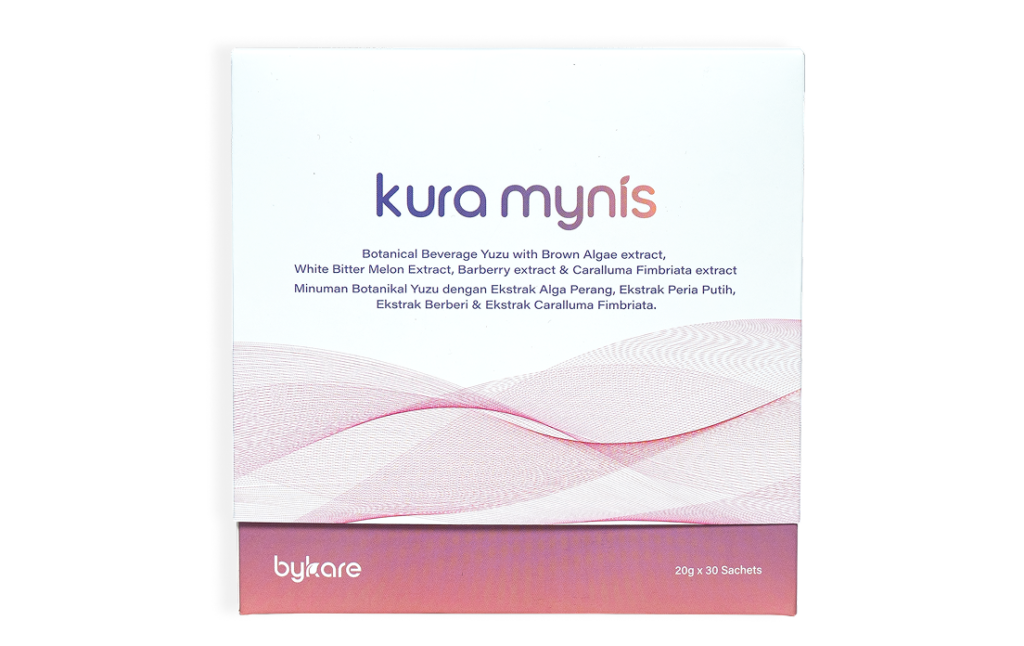
INITIAL IMRPOVEMENTS
Support digestion and metabolism
Heps reduce sugar absorption from food
Provides essential trace minerals for better nutrient balance
RM 300 RM250
2 BOX
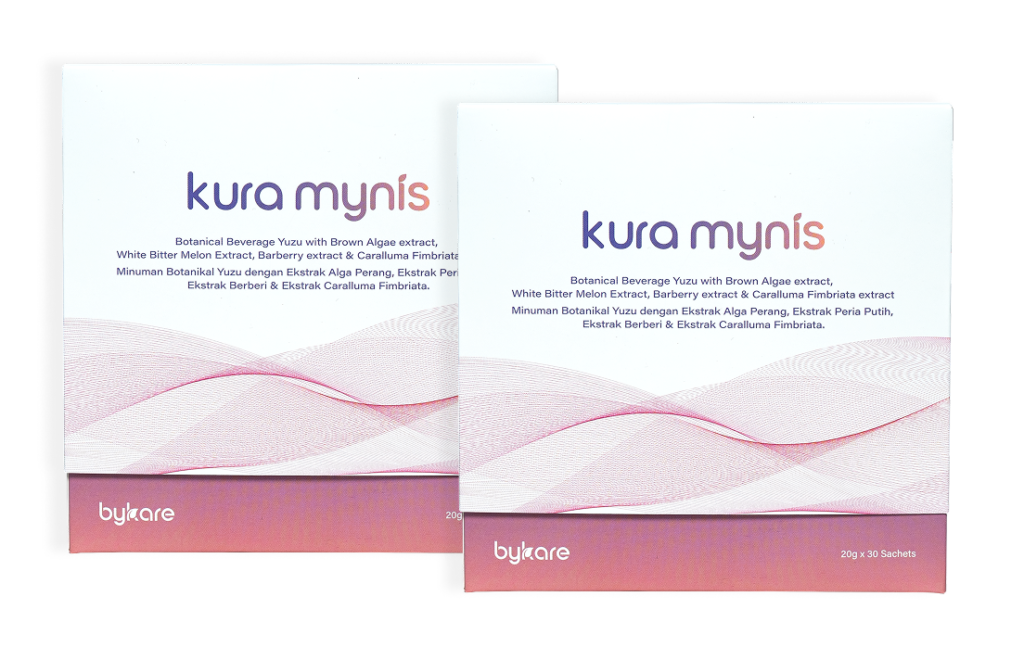
NOTICEABLE HEALTH BENFITS
More stable post-meal blood sugar levels
Reduced sugar cravings and energy crashes
Improved metabolism and better fat management
RM 500 RM450
3 BOX
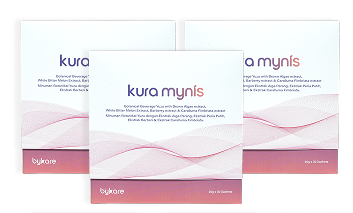
BEST RESULT AND LONG-TERM BENEFITS
Better blood sugar control and insulin sensitivity
More balanced energy levels throughout the day
Supports overall metabolic health for a long-term wellness
RM 750 RM599
3 BOX
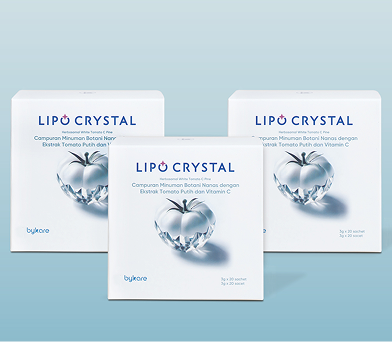
TREATMENT
Best for full skin renewal cycle
More savings + consistent results
Better value for long-term skin health


